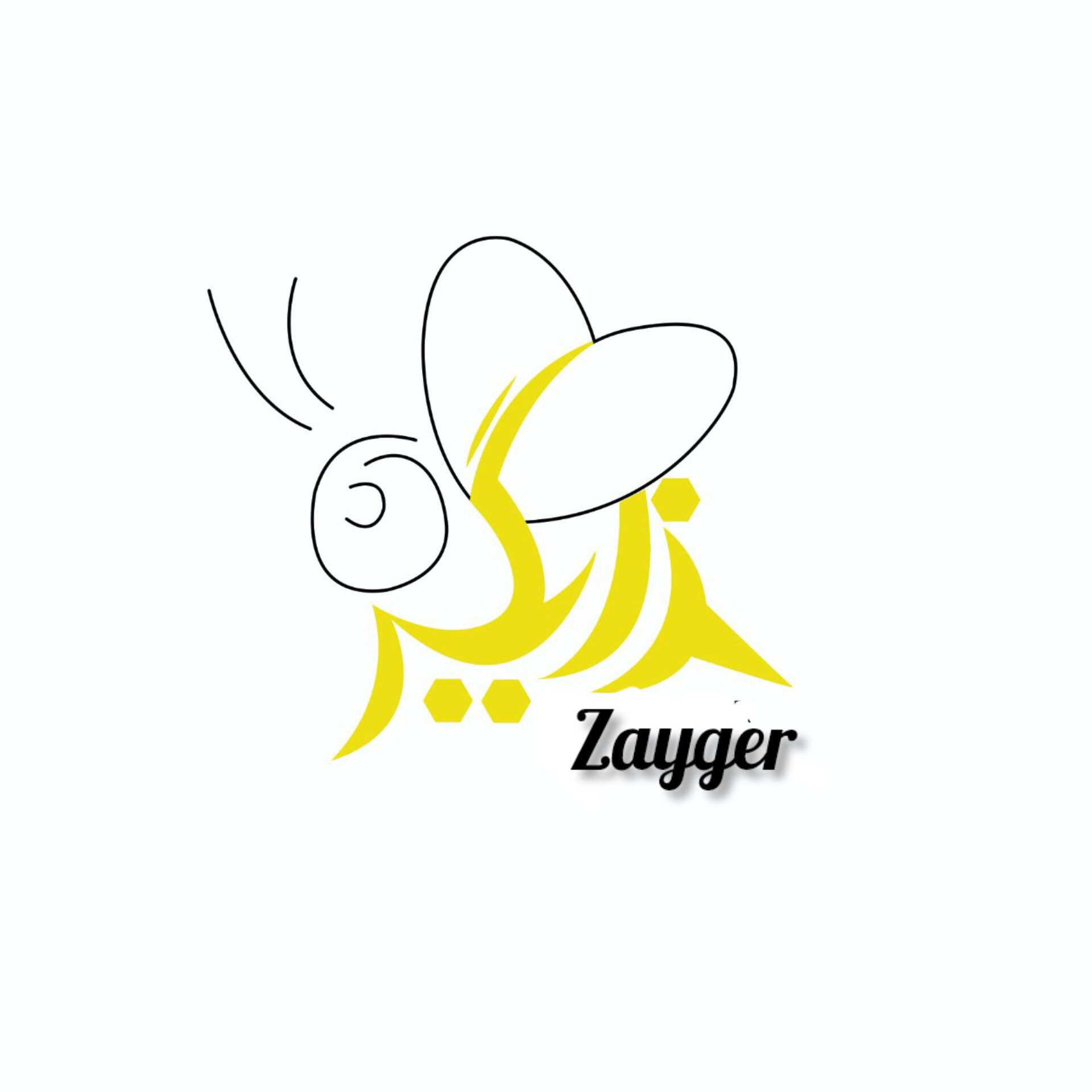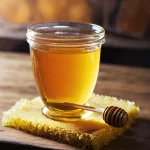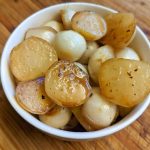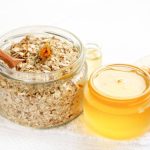Southern Iran Honey A Unique Product for the Distinct Arab Taste
what will you read...
Distinct Qualities of Southern Iranian Honey: Beyond a Natural SweetenerWhy Arab Taste Prefers Southern Iranian HoneyExporting Southern Iranian Honey: A Golden Opportunity for International Trade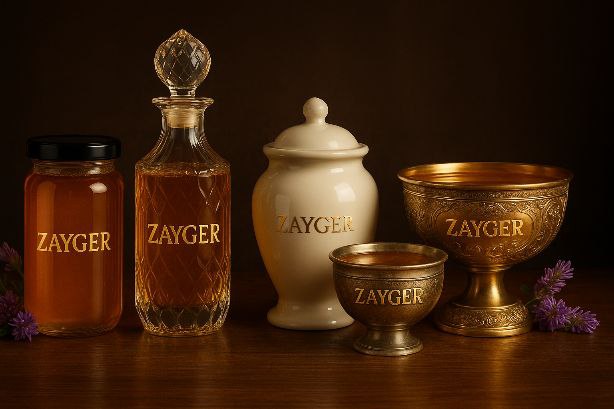
Honey from Southern Iran: A Unique Product for the Distinct Arab Taste A Sweet Treasure from the Warm South
In the heart of the hot and arid landscapes of southern Iran, a precious and natural treasure is produced—honey from southern Iran. With its dark amber color, intense flavor, and rich aroma, this honey reflects the diversity of the tropical and mountainous flora of Iran’s southern provinces. Countries like the UAE, Saudi Arabia, Qatar, and Kuwait are especially fond of this type of honey, as it perfectly aligns with the strong and warm flavor preferences of the Arab world.
In this article, we explore the distinct features of southern Iranian honey, its compatibility with Arab tastes, and the reasons behind its growing success in the export market.
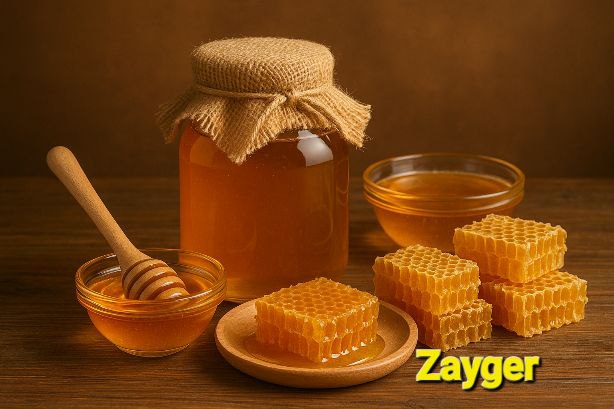
Distinct Qualities of Southern Iranian Honey: Beyond a Natural Sweetener
Southern Iranian honey is derived from native medicinal and mountain plants like Ziziphus (Sidr), Prosopis (Ghaf), tropical thyme, Astragalus, and Ephedra. Sidr trees, which grow extensively in provinces like Khuzestan, Hormozgan, Bushehr, and Kohgiluyeh, are a key source of nectar for Sidr honey—one of the most premium honeys in the Middle East.
Some of the standout characteristics of this honey include:
Warm and dry temperament, according to traditional Persian and Islamic medicine, which is ideal for people living in desert and hot climates.
High viscosity and dark color, which indicate rich mineral content and natural purity.
Strong, slightly bitter taste and deep aroma, which aligns perfectly with the Arab palate that favors bold flavors.
High medicinal value, including immune system support, energy enhancement, digestive aid, and treatment of coughs and stomach ulcers.
These features make southern Iranian honey not just a food product, but also a natural remedy highly regarded in Arab countries.

Why Arab Taste Prefers Southern Iranian Honey
The culinary culture in Arab countries is marked by a preference for bold, sweet, and warm flavors. Honey that meets the following criteria is highly appreciated in this market:
Aromatic and flavorful: Honey made from tropical plants has a penetrating aroma and a lingering taste, complementing traditional Arab flavors like dates, saffron, and cinnamon.
Religious and cultural consumption: In Islamic tradition, honey is highly valued as a remedy and a blessing. Many Arab families use honey daily, especially in the context of religious rituals and traditional healing.
Focus on natural and organic products: With the increasing demand for clean, chemical-free foods, natural honey from Iran—produced without artificial feeding or additives—has found a loyal consumer base in the Arab region.
Versatile in Arab cuisine: Sidr honey blends beautifully with traditional Arab desserts like Kunaafa, Baklava, and even with Arabic tea, creating an unforgettable culinary experience.
This cultural and taste alignment makes southern Iranian honey a natural fit for the Arab market.
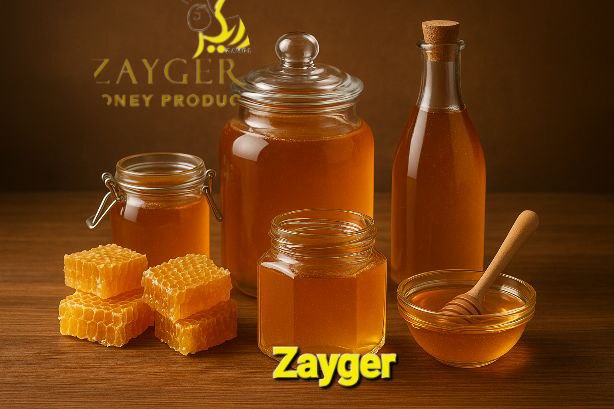
Exporting Southern Iranian Honey: A Golden Opportunity for International Trade
In recent years, Iran’s honey exports—especially from the southern regions—have gained strong traction in Gulf Cooperation Council (GCC) countries. The tropical climate, rich biodiversity, and traditional beekeeping methods make southern Iran a strategic hub for premium honey production.
Key factors contributing to the success of Iranian honey exports to Arab countries include:
1. High quality and unique flavor profile
Arab consumers value authenticity and taste. Iranian honey, particularly from the south, is produced without synthetic feeding and retains its natural essence.
2. International certifications and health standards
Professional exporters secure necessary certifications like ISO, HACCP, and veterinary licenses to ensure quality and build trust with international buyers.
3. Culturally tailored packaging
Designing packaging with gold accents, Arabic script, and clear presentation of health benefits helps attract the attention of Arab consumers.
4. Targeted digital marketing
Utilizing SEO-optimized websites, Arabic-language social media pages, and collaborations with local influencers enhances visibility and credibility in the Arab market.
Today, several Iranian honey brands regularly participate in international trade shows such as Gulfood Dubai and Expo Qatar, working to establish Iranian honey as a staple in Middle Eastern households.
Conclusion: A Warm Taste from Iran, A Shared Language with the Middle East
Southern Iranian honey is more than just a sweetener—it’s a cultural bridge, a natural medicine, and a premium export commodity. With its intense aroma, warm temperament, and rich taste, it perfectly complements the flavor preferences of the Arab world.
For Iranian producers, the Arab market is not only a destination for export but a channel for sharing the beauty of Iranian nature and tradition with the broader Middle East. Focusing on quality, culturally sensitive branding, and smart marketing strategies will ensure long-term success in this valuable and expanding market.
The best way to distinguish pure natural honey from fake or sugar-fed honey is by checking lab test results. However, since this is not economically feasible for small or retail orders, it is better to buy from a trusted and reputable source—especially one that is active in the export market.
We guarantee our full commitment to customer rights and product authenticity.
